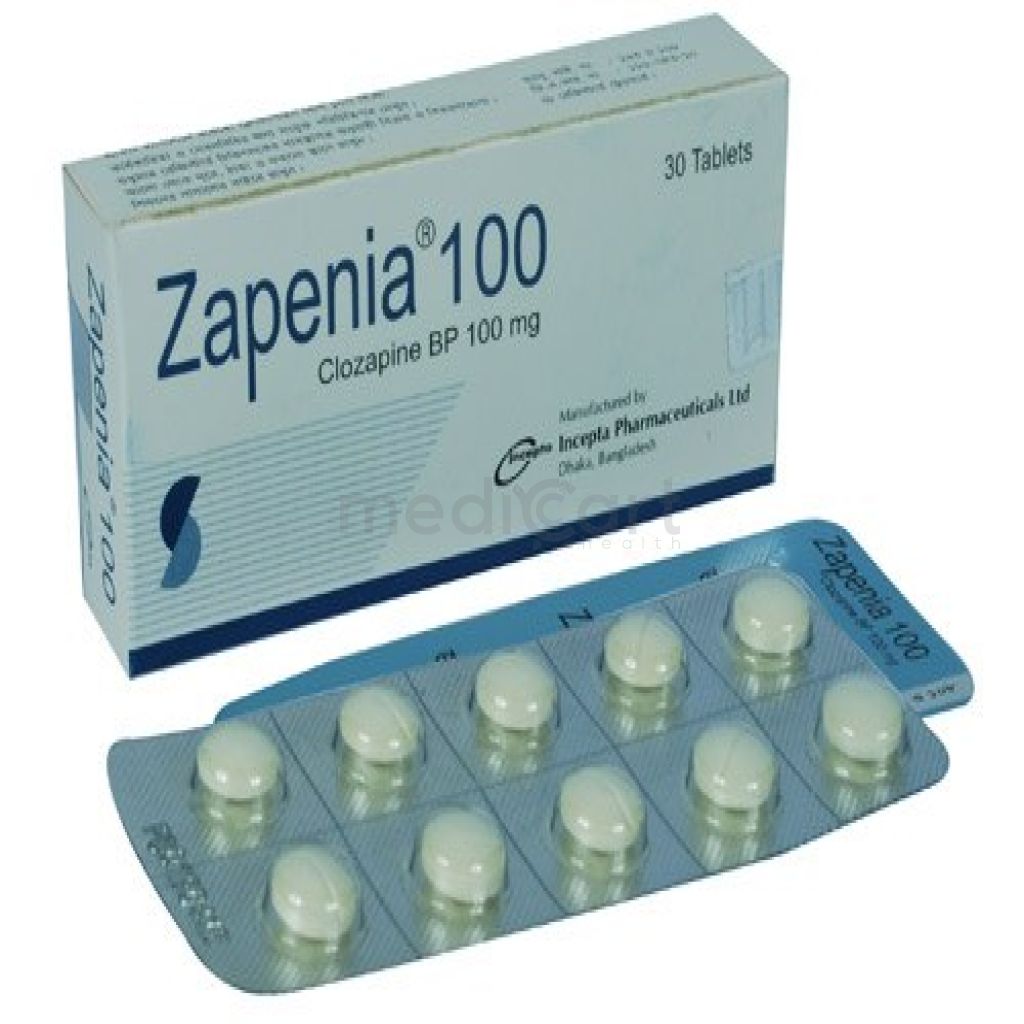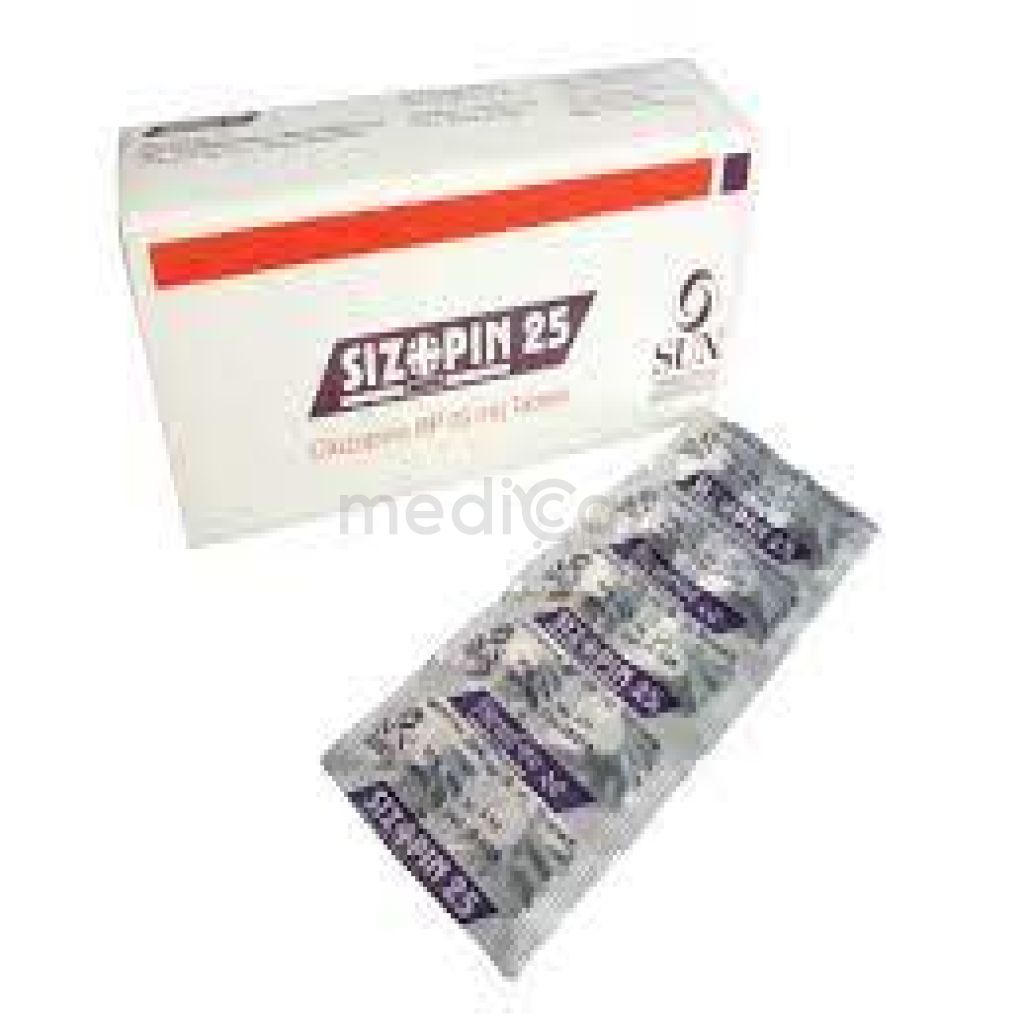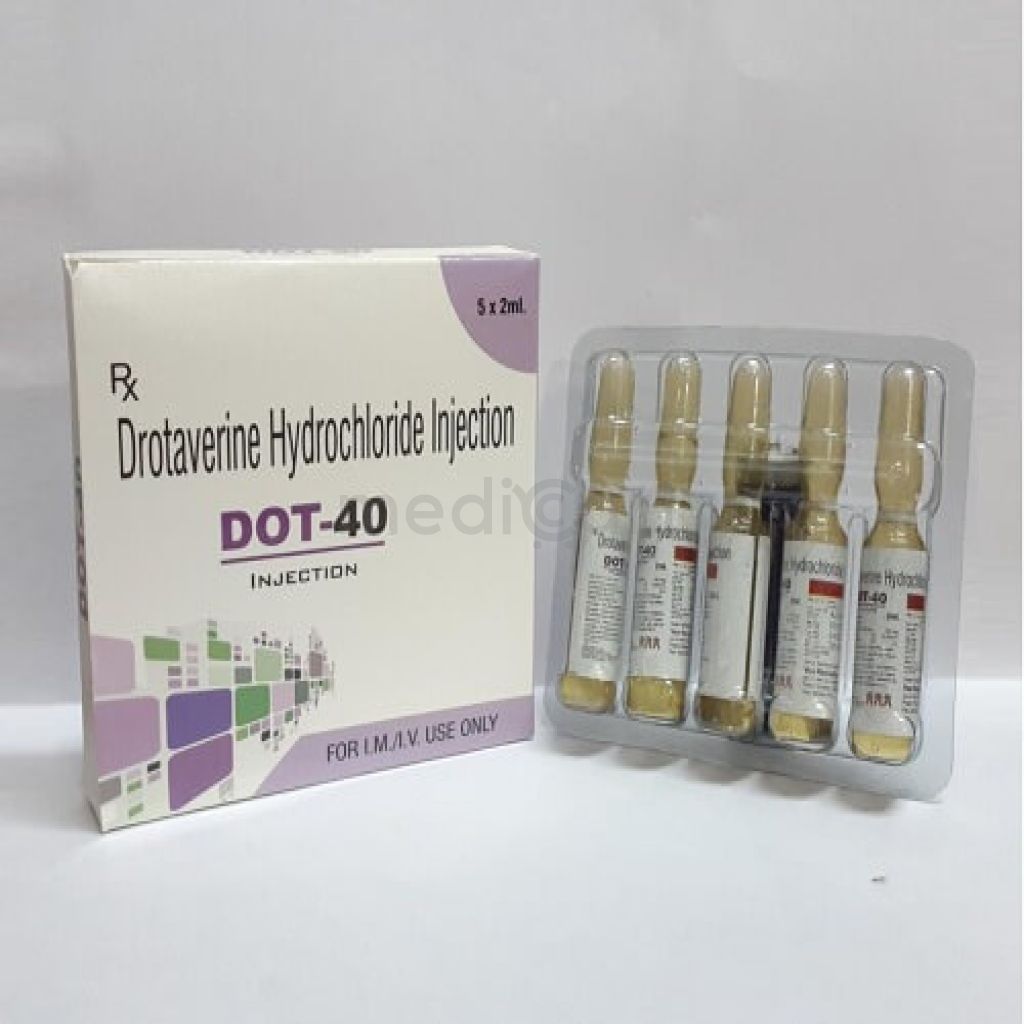

Sizopin - 100mg
Tablet* Delivery will be done in Dhaka city only.
More Information About - Sizopin - 100mg
Description
Generic Name
Clozapine
Precaution
Medication should not be stopped abruptly; should be tapered off over 1-2 weeks. If conditions warrant abrupt discontinuation (leukopenia, myocarditis, cardiomyopathy), monitor patient for psychosis and cholinergic rebound (headache, nausea, vomiting, diarrhea). Elderly patients are more susceptible to adverse effects (including agranulocytosis, cardiovascular, anticholinergic, and tardive dyskinesia). Significant risk of agranulocytosis, potentially life-threatening. Leucocyte counts should be monitored regularly and for at least 4 wk after treatment discontinuation. Renal, hepatic or cardiac impairment; prostatic enlargement, narrow-angle glaucoma; elderly; immobilised patients. Lactation: Drug enters breast milk; not recommended (American Academy of Pediatrics Committee states that this is "of concern")
Indication
Indicated for reducing risk of recurrent suicidal behavior in patients with schizophrenia, or schizoaffective disorder in patients who are judged to be at chronic risk to re-experience suicidal behavior Treatment-resistant schizophrenia, in patients who fail to respond adequately to standard antipsychotic treatment Psychotic disorders in people with Parkinson's disease, when standard treatment has failed to control symptoms.
Contra Indication
History of bone marrow disorders including agranulocytosis, circulatory collapse, alcoholic or toxic psychosis, drug intoxication, uncontrolled epilepsy, severe renal, hepatic or cardiac disease; paralytic ileus. Pregnancy and lactation.
Dose
N/A
Side Effect
Commonly: Sedation, wt gain, reversible neutropenia, eosinophilia, tachycardia, orthostatic hypotension, dizziness, hypersalivation at night, headache, nausea, vomiting, constipation, urinary incontinence and retention, fatigue, transient fever, abnormalities of glucose homoeostasis and the onset of DM, obsessive compulsive symptoms. Rarely: Anaemia, thrombocytopenia, thrombocythaemia, extrapyramidal disorders including tardive dyskinesia, circulatory collapse w/ cardiac and resp arrest, HTN, dysphagia, parotid gland enlargement, confusion, delirium, thromboembolism, acute pancreatitis, hepatitis and cholestatic jaundice. Potentially Fatal: Agranulocytosis, myocarditis, cardiomyopathy, cardiac arrhythmias, pericarditis/pericardial effusion, neuroleptic malignant syndrome, pulmonary embolism, lower resp tract infection.
Pregnancy Category
Name : B
Description
Animal reproduction studies have failed to demonstrate a risk to the fetus and there are no adequate and well-controlled studies in pregnant women OR Animal studies have shown an adverse effect, but adequate and well-controlled studies in pregnant women have failed to demonstrate a risk to the fetus in any trimester.Mode of Action
Clozapine has relatively weak dopamine receptor-blocking activity at D1, D2, D3 and D5 receptors but has high affinity for the D4 receptor. It has also blocking effects on serotonin, ?-adrenergic histamine H1 and cholinergic receptors.
Interaction
Increased risk and/or severity of bone marrow suppression w/ bone marrow suppressants (e.g. carbamazepine, chloramphenicol), sulfonamides (e.g. co-trimoxazole), pyrazolone analgesics (e.g. phenylbutazone), penicillamine, cytotoxic agents or long-acting depot inj of antipsychotics. Concomitant use w/ benzodiazepines may increase risk of circulatory collapse which may lead to cardiac and/or resp arrest. Additive CNS depression and cognitive and motor performance interference w/ MAOIs and CNS depressants including antihistamines, benzodiazepines and opioid analgesics. May potentiate effects of anticholinergics or antihypertensives. Increased plasma concentration of highly protein bound substances (e.g. warfarin, digoxin). Decreased plasma concentrations w/ phenytoin. Concomitant use w/ lithium can increase the risk of development of neuroleptic malignant syndrome. Decreased clozapine levels w/ CYP1A2 inducers (e.g. omeprazole). Increased clozapine levels w/ CYP1A2 inhibitors (e.g. fluvoxamine, caffeine, ciprofloxacin).
Pregnancy Category Note
Pregnancy category: B Neonates exposed to antipsychotic drugs during 3rd trimester of pregnancy are at risk for EPS or withdrawal symptoms after delivery; these complications vary in severity, with some being self-limited and others requiring ICU support and prolonged hospitalization Lactation: Drug enters breast milk; not recommended (American Academy of Pediatrics Committee states that this is "of concern")
Adult Dose
Adults: PO: Schizophrenia 12.5 mg PO once daily or q12hr initially; increased daily in increments of 25-50 mg/day, if well tolerated, to achieve target dosage of 300-450 mg/day by end of 2 weeks On occasion, may have to be increased to 600-900 mg/day to obtain acceptable response Maintenance: Generally, patients who respond should continue maintenance treatment on their effective dose beyond the acute episode Psychoses in Parkinson's disease Initial: 12.5 mg/day at night, increase gradually in steps of 12.5 mg up to twice weekly. Usual range: 25-37.5 mg/day at bedtime. Max: 100 mg/day in 1-2 divided doses. Elderly: Lower initial dosage of 12.5-25 mg/day indicated; may be titrated more slowly than in younger adults Hepatic impairment: Use with caution and avoid in symptomatic or progressive liver disease or hepatic failure.
Child Dose
N/A
Renal Dose
Renal impairment: Severe: Contraindicated.
Administration
May be taken with or without food.
Disclaimer
The information provided herein are for informational purposes only and not intended to be a substitute for professional medical advice, diagnosis, or treatment. Please note that this information should not be treated as a replacement for physical medical consultation or advice. Great effort has been placed to provide accurate and comprehensive data. However, Medicart along with its authors and editors make no representations or warranties and specifically disclaim all liability for any medical information provided on the site. The absence of any information and/or warning to any drug shall not be considered and assumed as an implied assurance of the Company.







